Starting Elimination Communication – When to Potty
How to Start Elimination Communication Part 1:
When to potty.

Are you wondering how to start elimination communication? Did you hear something about raising babies without diapers and wonder how to apply the concept in a Western culture? Are you searching for an alternative to relying completely on diapers?
You're in the right spot! We are going to break down the basics of how to start elimination communication (EC). EC is a gentle method of responding to a baby's elimination needs. Rather than relying solely on diapers, the baby is also given opportunities to use the potty or toilet. These opportunities to eliminate outside of a diaper are referred to as "pottytunities".
In order to get started with the elimination communication method, there are two main aspects to figure out:
(1) When does my baby need to potty? and
(2) How can I offer a pottytunity?
Many people who hear about EC think it is an interesting idea, but they are stumped because they have no idea when their baby needs to pee. Let's take a look at how to figure out when to offer the potty.
When does my baby need to potty?
Babies can start practicing elimination communication anywhere from birth through 18-months-old (for toddlers 18-months or older, non-coercive potty training is more appropriate). This means that most little ones practicing EC are too young to say, "Mama, I need to go pee!". So how do we know when they need to go?
We can offer pottytunities based upon a combination of:
(1) Baby's signals;
(2) Baby's natural timing;
(3) Transitions; and
(4) Intuition.
It's up to you whether you would like to practice EC full time and offer the potty every time your baby may need to eliminate, or practice EC part time and only offer during a certain part of the day.
Elimination Communication Signals & Diaper-Free Observation Time
Elimination communication signals are body language or sounds a baby makes when she or he needs to eliminate. Each baby has different signals, and an individual baby's signals change with developmental phases.
The best way to figure out your baby's signals is to do 2-4 hours of diaper-free observation time. A couple hours at a time may be enough for a young baby, who pees frequently. If you are starting EC with a toddler, you may want to start with 1-2 days of diaper-free observation time, since toddlers eliminate less frequently.
During this observation time, your full attention should be focused on your baby. Diaper-free observation is best done with your baby naked bottomed.
It can take a while to adjust to the idea of letting your baby go diaper free. If you are not comfortable with having your little one completely bare bottomed during observation time, he or she can wear a back-up that allows you to tell immediately when it is wet. One option is a cloth prefold diaper worn sumo style and secured with a diaper belt, as shown below.

You could also use a fitted diaper without a cover or non-waterproof cloth training pants. For diaper-free observation time during cold weather, you can add a pair of long socks, leg warmers, and a warm shirt.
Prepare for diaper-free observation time by placing a waterproof pad, such as a wool puddle pad, under your baby. For mobile babies and toddlers, you may want to stay in a room with wood or tile floors or cover carpet with mats or blankets.
Watch your baby closely for any changes in activity or demeanor right before eliminating. When your baby pees, make a cue sound, such as "psss". This will help your baby start to associate the sound with peeing. You can either use the same cue sound or a different cue sound for poop, such as a grunt. For toddlers, instead of using a cue sound, you can say the phrase you would like them to use, such as "Mama, potty!".
Quickly clean up and continue observing.
Common signals indicating a baby needs to eliminate:
- Crying out or fussing;
- Becoming still and staring into space;
- Flailing (young baby) or becoming agitated;
- Unlatching repeatedly while nursing;
- Trying to squirm out of a baby carrier or someone's arms while breathing heavily;
- Tossing and turning restlessly during sleep;
- Grunting, becoming red, straining (for poo);
- Moving off the bed, couch, or carpet (mobile baby);
- Running up to you and looking at you intently (toddler).
Don't get frustrated if you don't notice any signals at first. It may help to repeat this observation time on another day. Signals for poo are often more obvious than signals for pee. Even if you are unable to discern any signals, you can still rely on natural timing, transitions, and intuition.
Baby's Natural Timing
Baby's natural timing refers to their pattern of eliminating as it corresponds to waking and eating. Natural timing encompasses how long after waking or eating your baby eliminates and the interval thereafter. For example, a young baby may pee two minutes after waking in the morning and then every 10 minutes during the morning. They may pee at a more spread out interval in the afternoon. A toddler may pee five minutes after waking in the morning and then every two hours thereafter.
You can also use diaper-free observation time to figure out your baby's natural timing. Use a log to write down when your baby wakes or eats, and then each time afterward that your baby pees or poops. This will help you notice patterns.
If you hit a point during your elimination communication practice where it feels like you are no longer in tune with your baby's natural timing, it's a good idea to repeat diaper-free observation time. Your baby may be able to hold it longer than before.
Transitions
It is convenient for us as caregivers to offer our babies opportunities to use the potty during various transitions throughout the day. Offering at these times can provide some easy catches and help avoid misses.
Transitions during which to offer the potty include:
- Upon waking in the morning or from a nap. This works best if you pick up your baby as soon as they start to rouse.
- During a diaper change. Even if your baby's diaper is wet, there may be more pee to put in the potty.
- Before putting Baby into a high chair, car seat, or baby carrier and upon taking Baby out of a seat or carrier.
- Before and after a bath.
- Before, during, or right after nursing.
- Before leaving the house, upon arriving at any destination, and before leaving that location.
Your Intuition
Your intuition can also guide you as to when to offer the potty. I followed my intuition as a subconscious awareness of my baby's natural timing. Also, when I found myself thinking something along the lines of, "He couldn't possibly need to go again!", it was a good indication that my baby did need to potty again.
Many caregivers also experience "phantom pees". You may feel a warm sensation like pee running down your side or smell pee, even though your baby has not yet peed. If you get that sensation, go straight to the bathroom!
That wraps up when to offer the potty based upon Baby's signals, Baby's natural timing, transitions, and your intuition. If you need more guidance in figuring out when to offer the potty, you may want to enroll in the online Potty Time Master MiniCourse taught by Andrea Olson, author of Go Diaper Free: A Simple Handbook for Elimination Communication.
To learn how to offer your baby a pottytunity, read How to Start Elimination Communication Part 2: How to Potty.
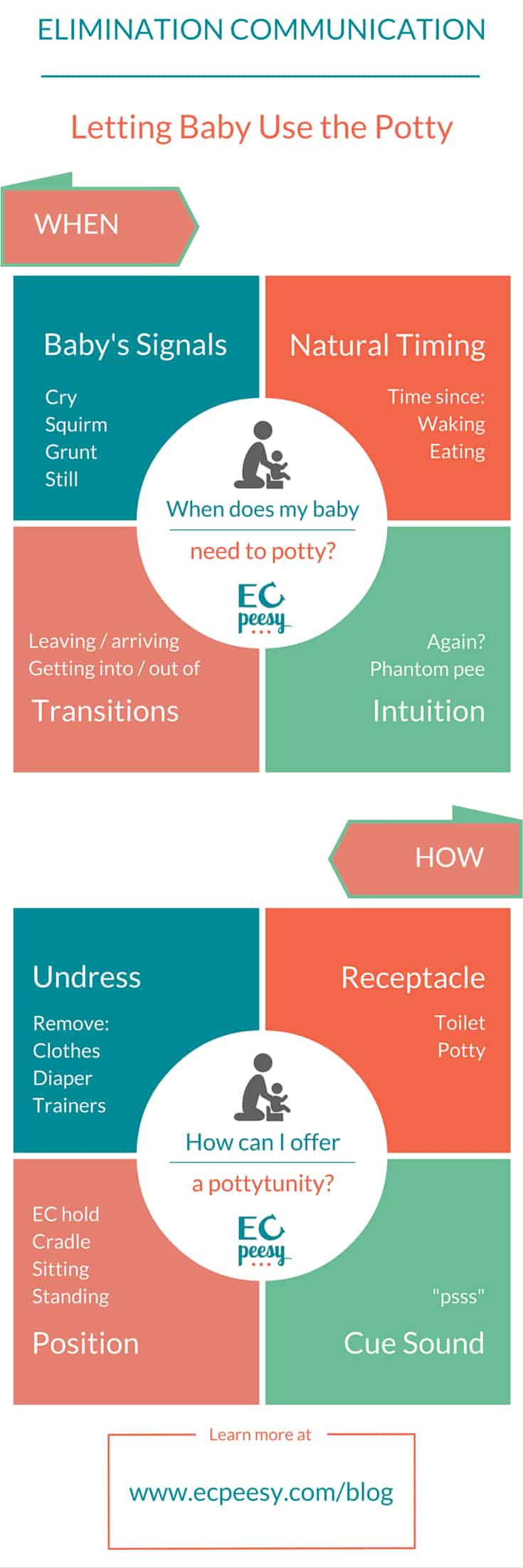

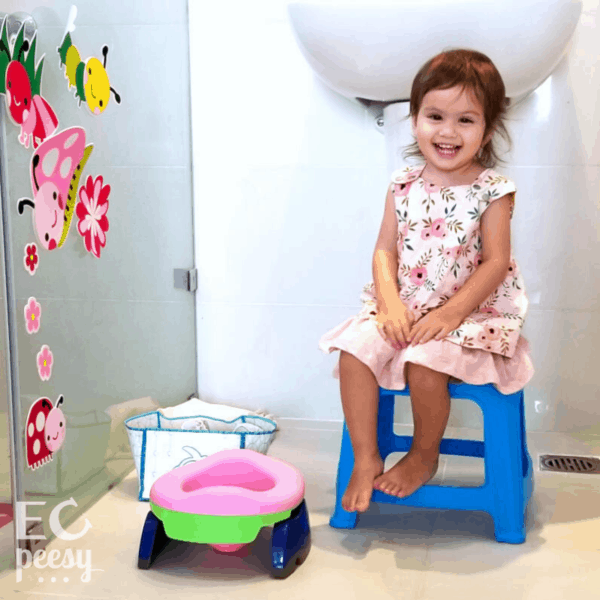
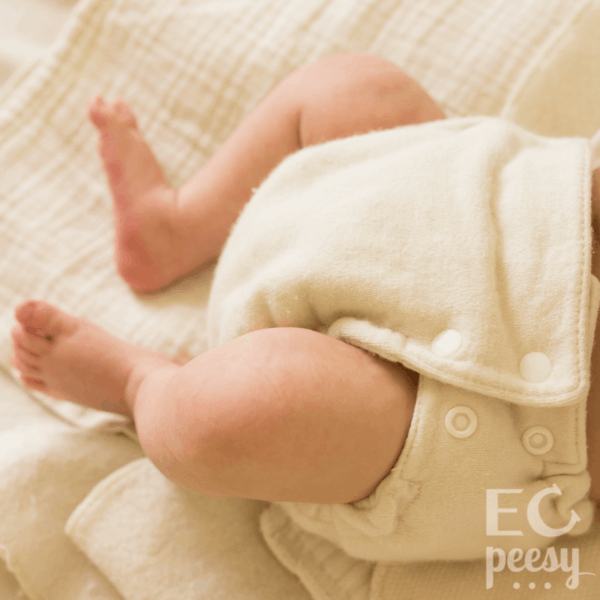
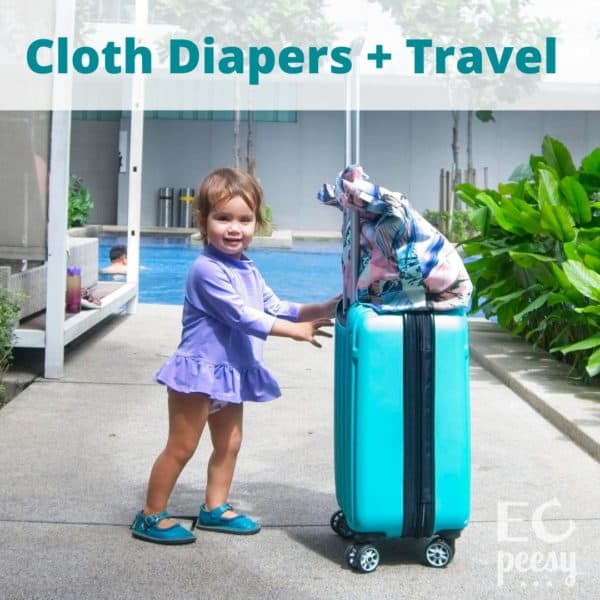
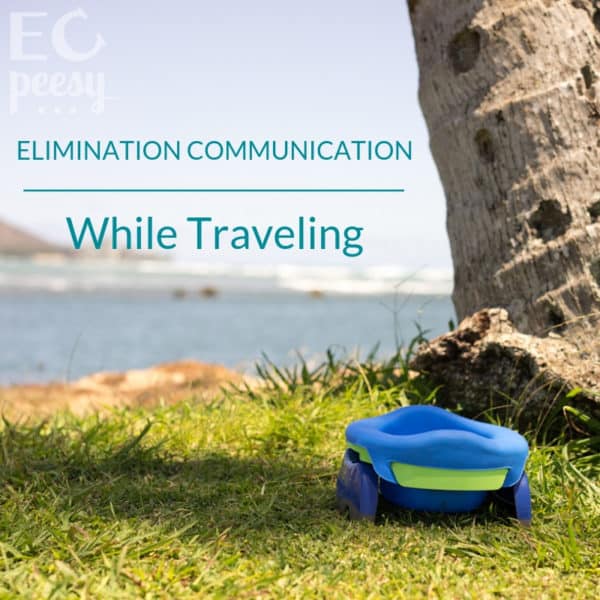
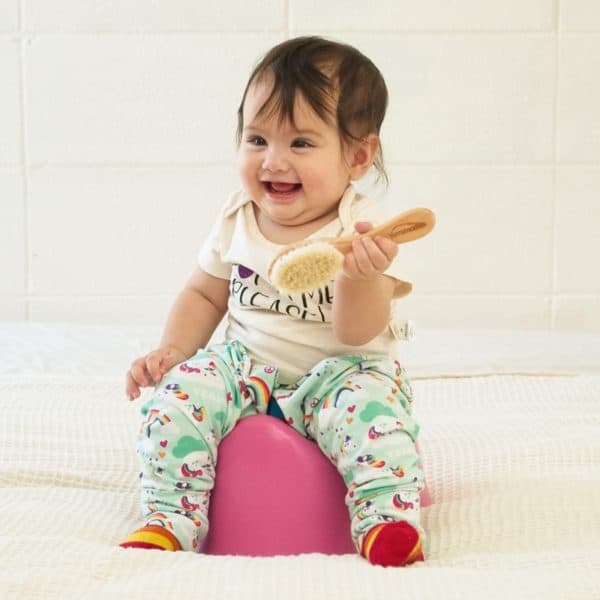
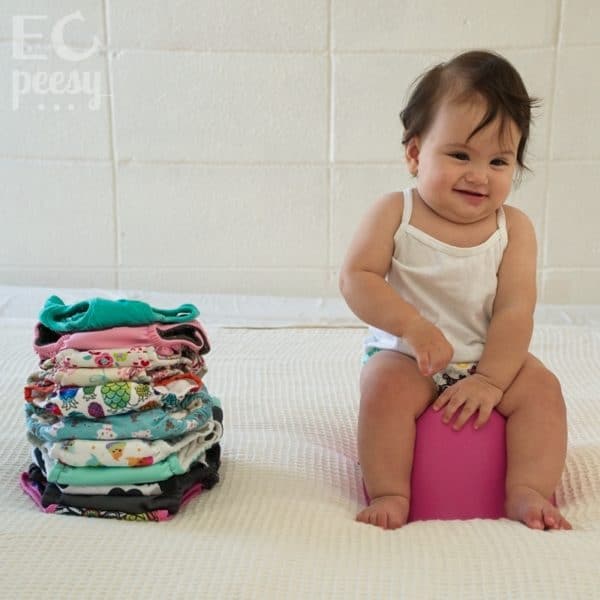
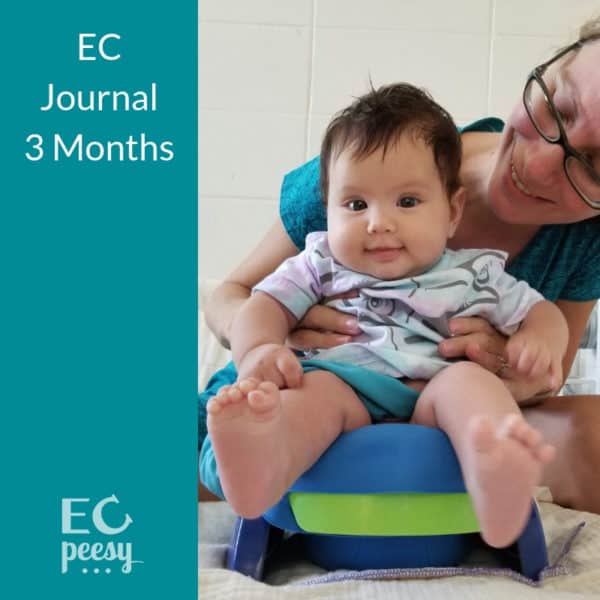
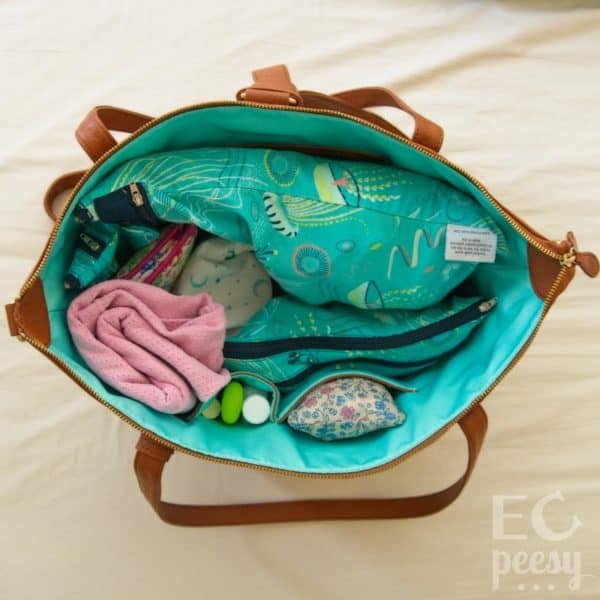
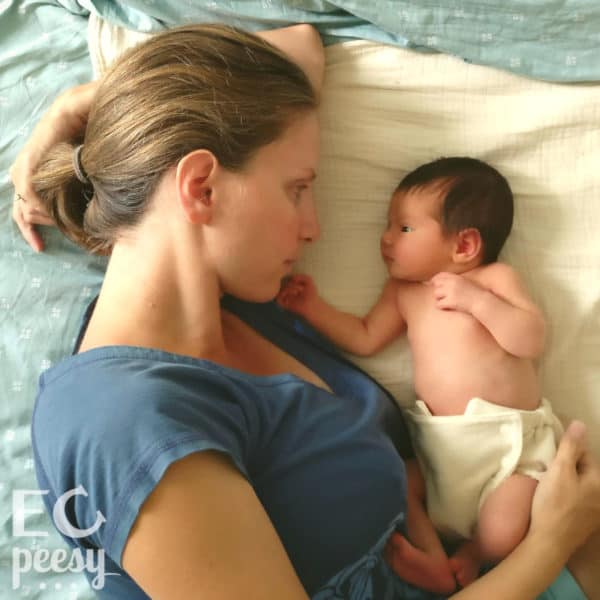
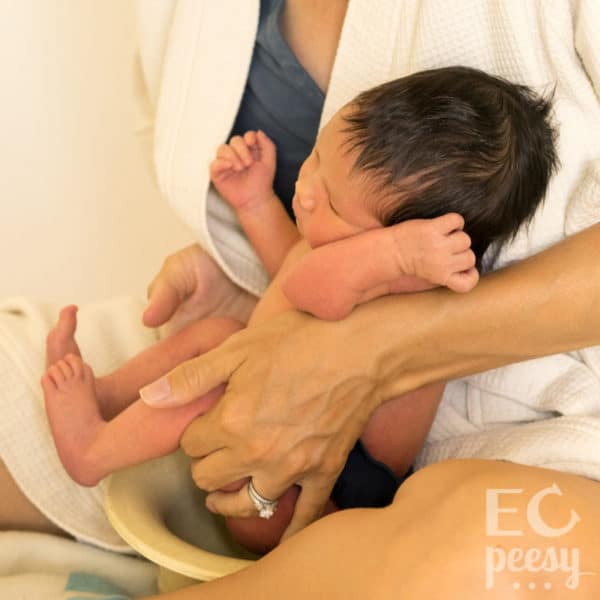
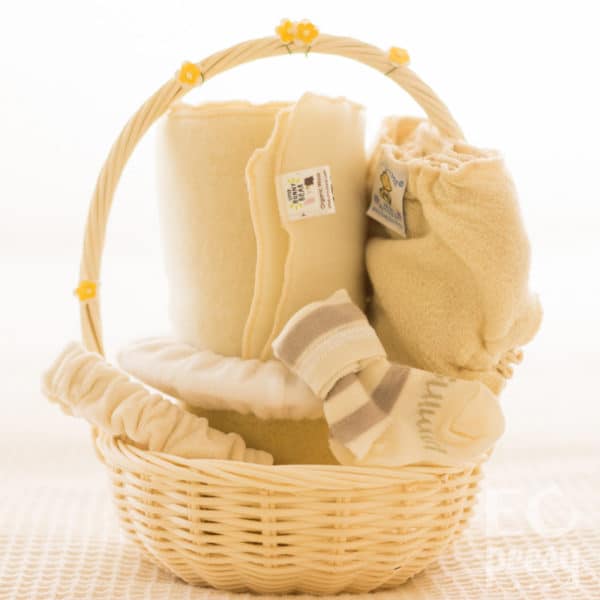
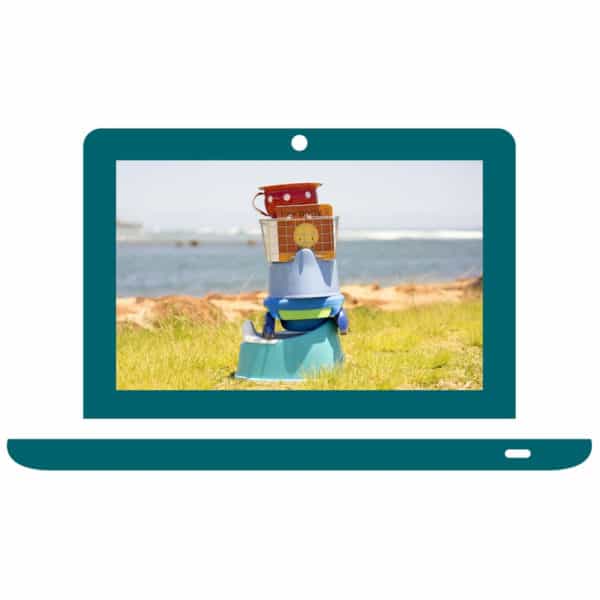
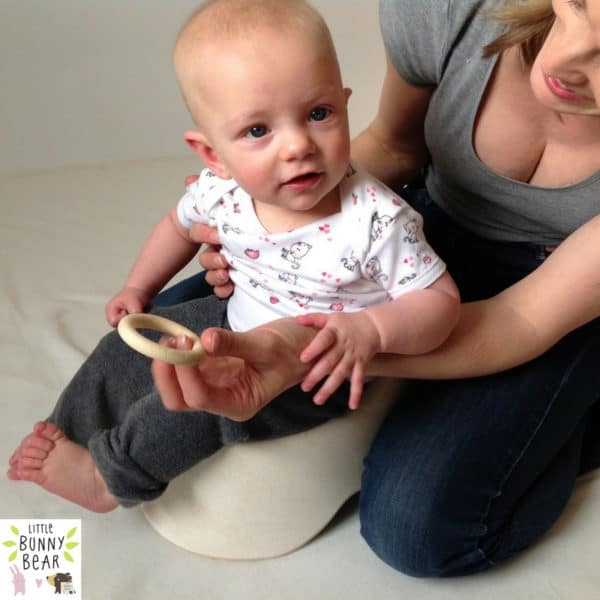
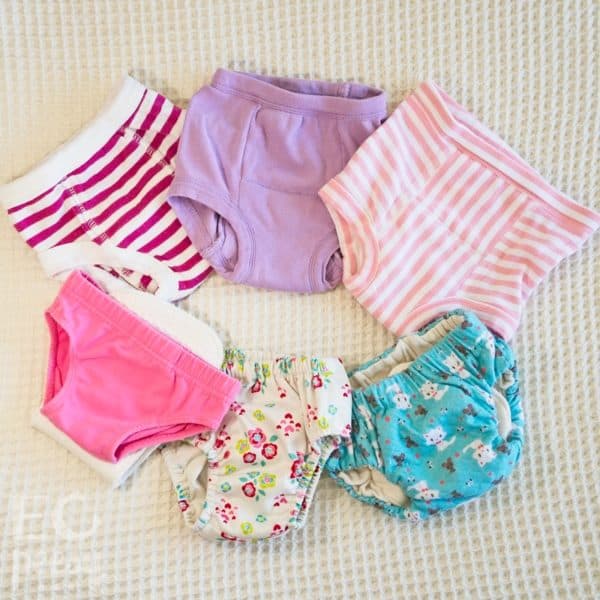
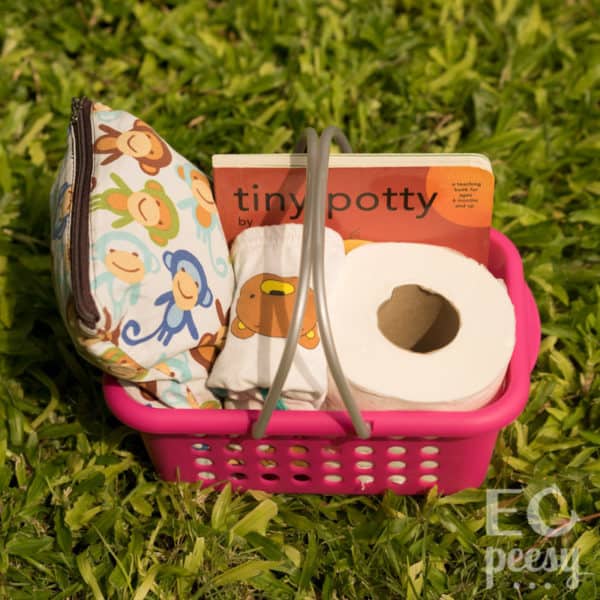
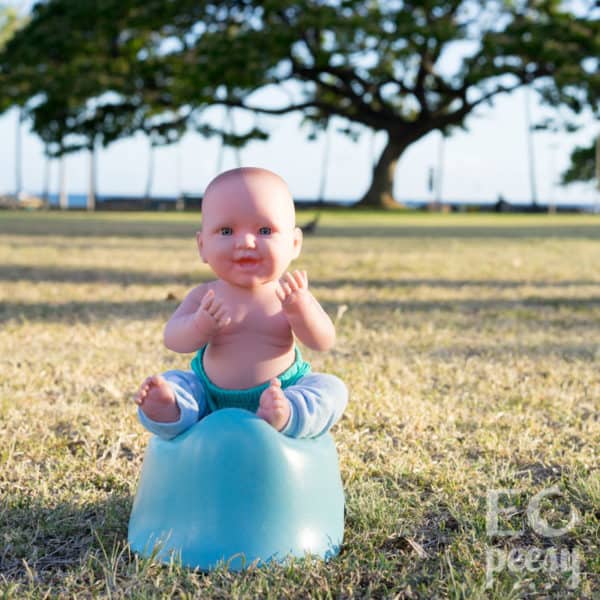
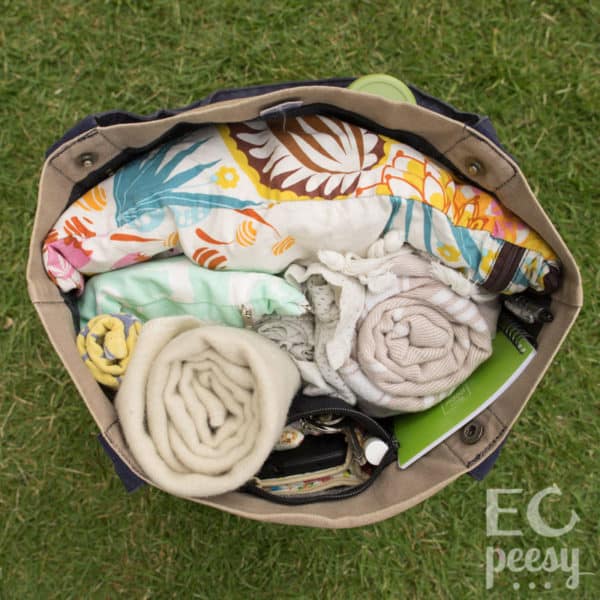
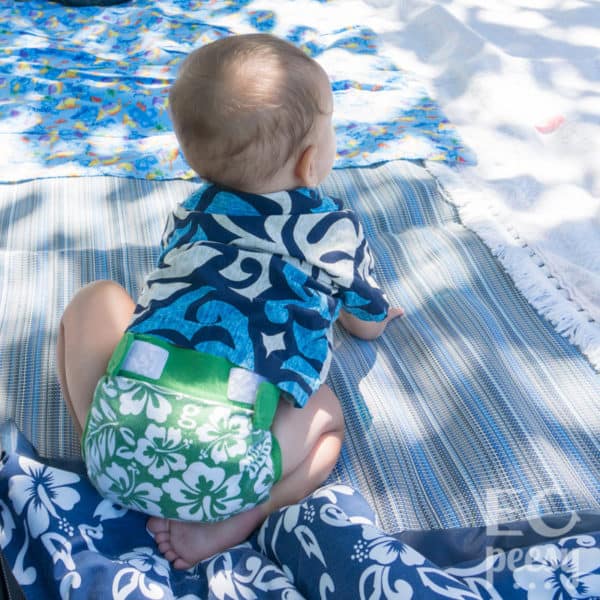
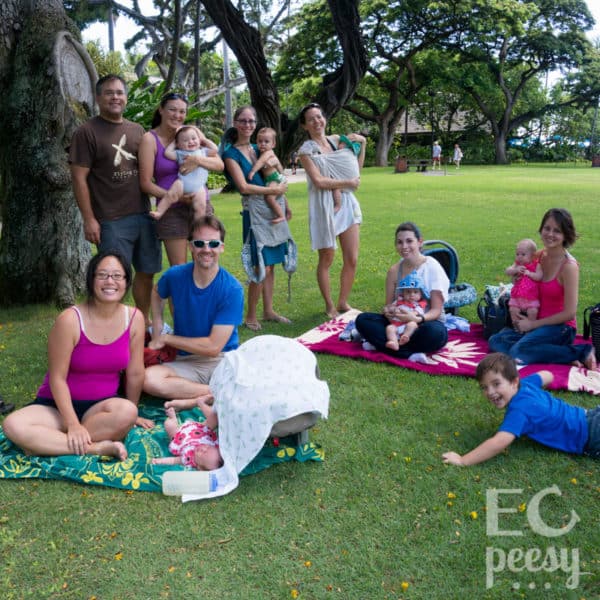
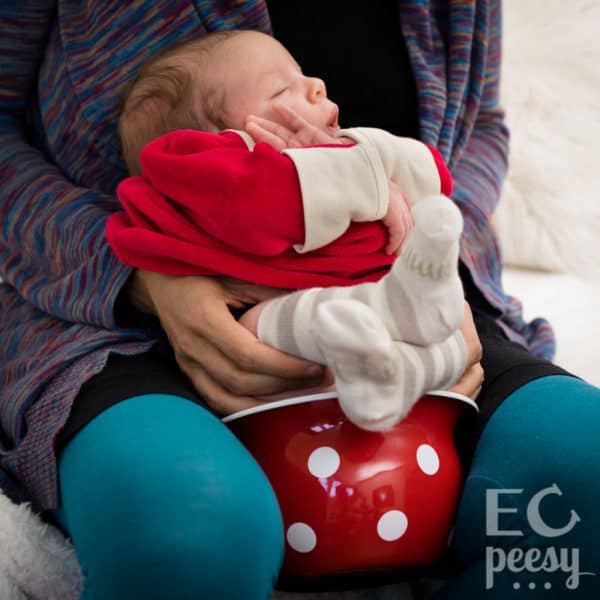
What do you do if your baby falls asleep for his nap, and then immediately after he falls asleep he poops? Do you clean him up and interrupt his nap? And if this is happening repeatedly, do you always sacrifice the nap to clean him up?
Hi Sarah,
I would try offering the potty right before nap time. If you can manage to change his diaper without waking him, that’s another option. I personally wouldn’t want my baby to sleep in a poopy diaper. But I also don’t like to wake a sleeping baby. It’s a tough call!
Do you have any experience ECing a baby with infant dischezia? That is when they don’t know how to poo, push too hard and are not able to release themselves. Thank you!
Hi Ana,
I do not have any experience with EC’ing a baby with infant dyschezia. I am guessing that holding Baby in classic EC hold (Baby’s back against your belly with one of your hands under each thigh and Baby’s knees bent) might help. Also, doing anything that helps with relaxation like running water or singing a lullaby. Maybe you can ask in the “Elimination Communication” Facebook group, to see if any of the members have experience with this. Take care.
I am a ftm trying to start EC with my 25 day old son. I have been struggling with catching his pees. I am using a chamber pot and trying to potty him while nursing. I have been able to catch two poos but I have only successfully caught one pee. I’ve been peed on twice when I remove my hand from aiming him to adjust my son’s latch. I’m getting quite frustrated and I think my son is too. He doesn’t seem to mind the cradle hold but gets very upset when I do the basic EC hold. I have looked online for examples of EC holds while nursing and have been trying to do the holds but keep getting peed on.
Hi! It can be tricky to balance nursing and pottying at the same time! What I did with my son was to tilt the front of the potty up to catch the stream, rather than using a hand to aim down. I took a different approach with my daughter. With her I would offer the potty right before nursing (and she would pee) and again right after nursing (and she would poop). Hope one of those options helps!
Hi! My 12mo started peeing (on purpose and looking down at her pee ) almost every time we take nappy off and she wanders around and right when she gets in the bath too. I can interpret her “stillness” and have interrupted her wee once by accident trying to remove her from the carpet area, so thought it would be a good opportunity to give EC a go seeing that she’s been walking since 10 months and if there’s a chance, she’ll try to remove her nappy. She pees standing and every time I sit her on the potty she stands up and then pees standing a few moments later. Any tips on how to get her to actually use the potty rather than stand? Thank you
Some kids prefer to stand to pee! My daughter went through a phase like that. Sometimes we let her pee in the shower. You could also try a toilet seat reducer on the big toilet, since she wouldn’t be able to just stand up from it.
Hello,
Our Daughter is now 16 months old. We started EC around 6weeks. It seemed to be going all right and I had high hopes that she’d be out of diapers by the time she was one. However, once she turned one it was like a complete strike. I mean she used to use the sign for “toilet” and stopped. I wasn’t always responsive however. Now it seems like she’s doing the same “yell” or grunts for each need. She used to be dry through the night. She used to get real excited about underwear and tried to put them on but now she insists on putting MINE on after I demonstrated how to put underwear on. It’s cute but not the goal.
She refuses, won’t come to me bc she’s busy if she’s gone, runs if I mention the potty &undies or gets off to pee on her stool while playing in the sink.
I tried making it a point to tell her dry undies are nicer and make it sound fun.
Now I just feel like a joke.
What can I do to get her excited to potty again at 16mo?
Hi Shannon,
I’m sorry you’re struggling. One-year-old is a common time for a potty pause. By 16-months-old, toddlers are often seeking independence and mastery. I would focus on allowing her as much independence in the process as possible. Allow her to practice necessary skills, such as pushing down pants, sitting down onto the potty, dumping the potty, washing hands. Sometimes if even one piece of the puzzle is missing for completing the bathroom routine, the child will just give up and not even try to get to the potty on time. Here is more detailed guidance on making the transition from elimination communication to potty independence: https://www.ecpeesy.com/elimination-communication-potty-independence/